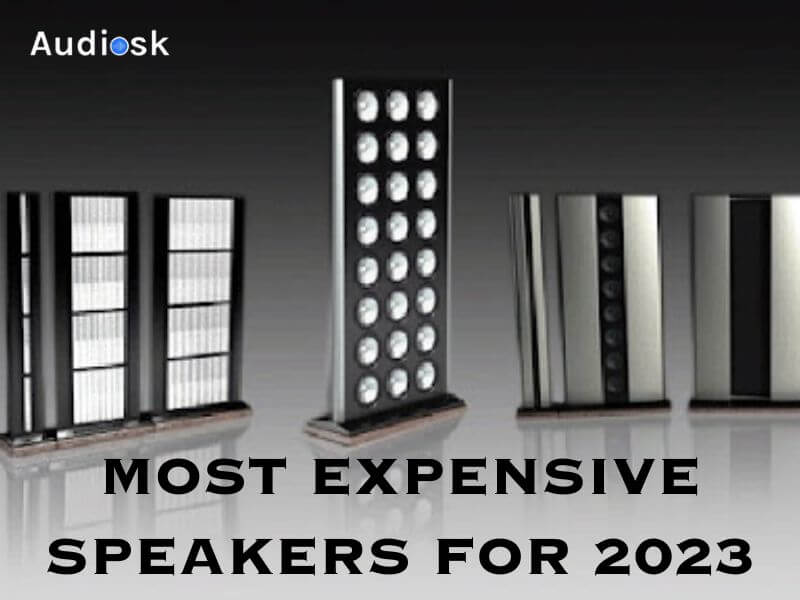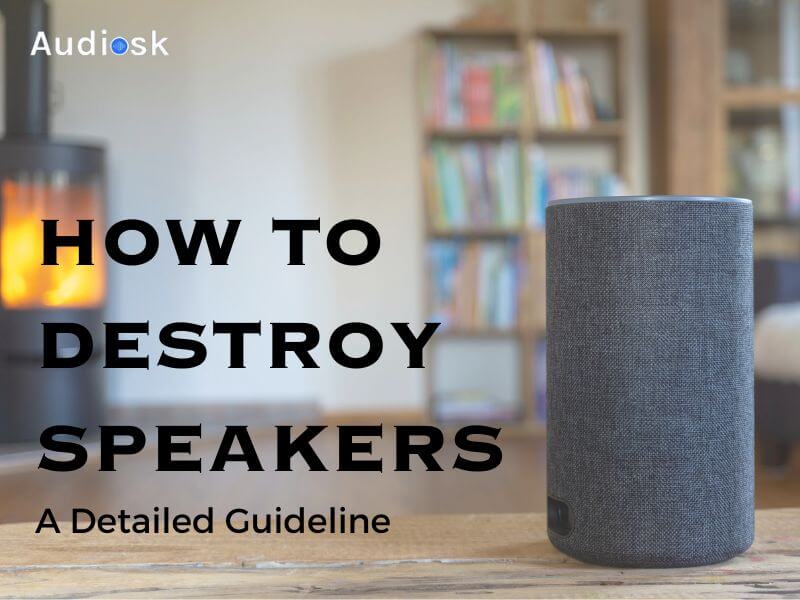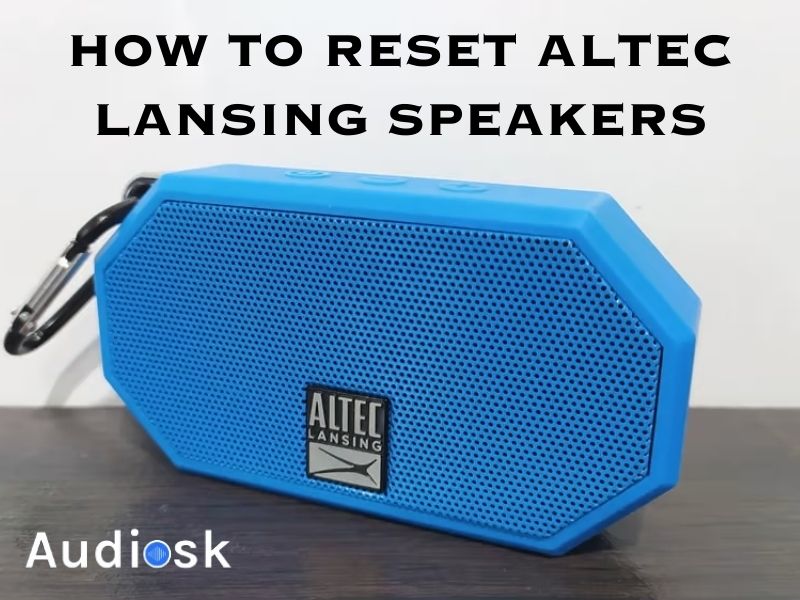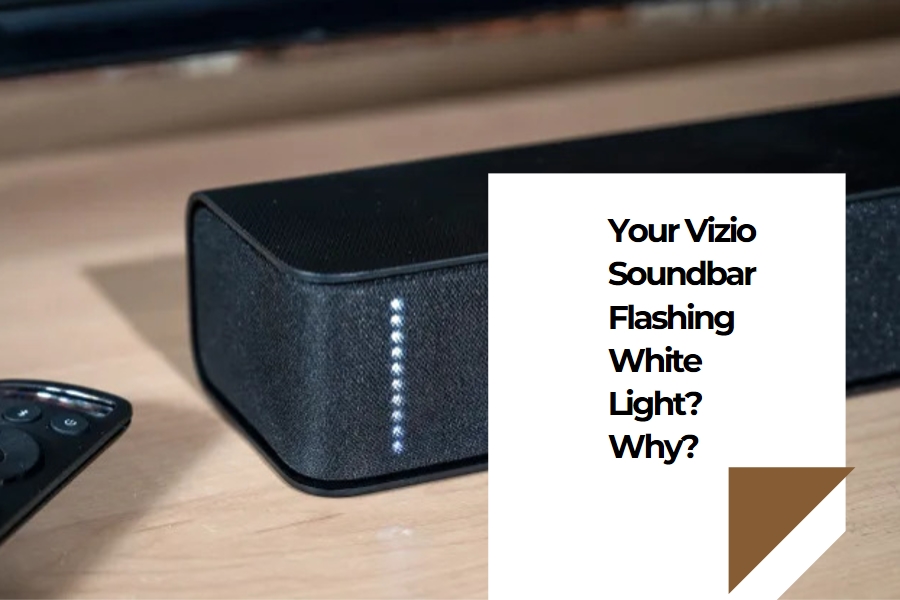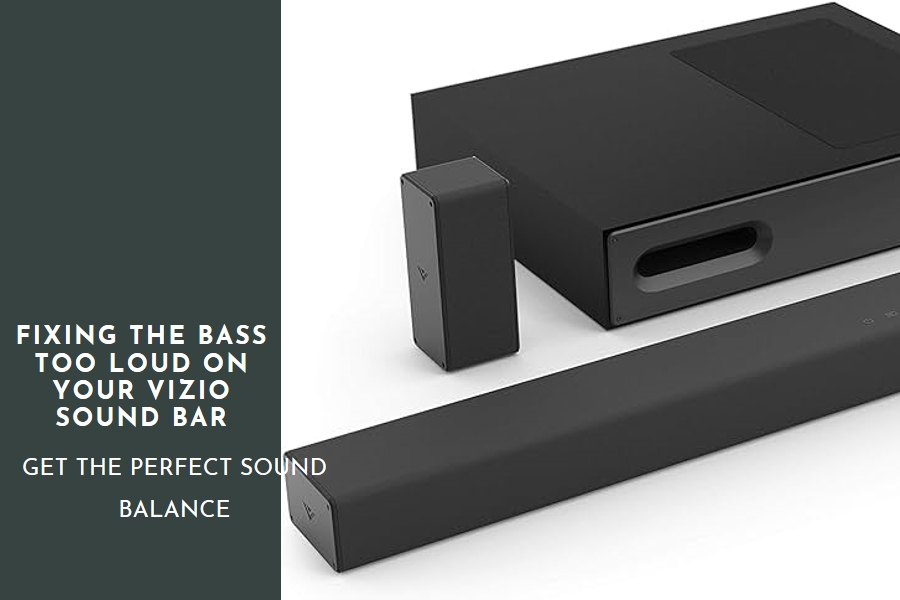There are many different types of loudspeakers with various sizes available on the market right now.
Picking the right speaker size is important. It’s not just about how big or small it is, but how it sounds in different spaces. Our team has found that the size of the speaker can change how our events feel. Whether it’s a big show or a small gathering, having the right speaker makes a difference.
At Audiosk, So do you know what are the speaker sizes and how to choose the best speaker for your requirements? Let’s learn more about the speaker sizes!
Measuring Speaker Sizes
We will first go through how to measure loudspeaker size and some crucial factors you should be aware of:
How to measure speaker size?
With a ruler or tape measure, determine the diameter of the speaker at its widest point for rounded speakers. Measure the straight edges and note the measurements if your speakers are not round.
Then estimate the loudspeaker baffle’s diameter. You may measure the loudspeaker’s widest point by turning it upside down. For non-circular speakers, you can also measure the widest point from each side. The cutout diameter must match or be just a little smaller than the area where the loudspeaker will be inserted.
Then, you must measure the distance from the speaker’s lowest position to its mounting bracket as well as the distance from the bracket to the speaker’s highest point.
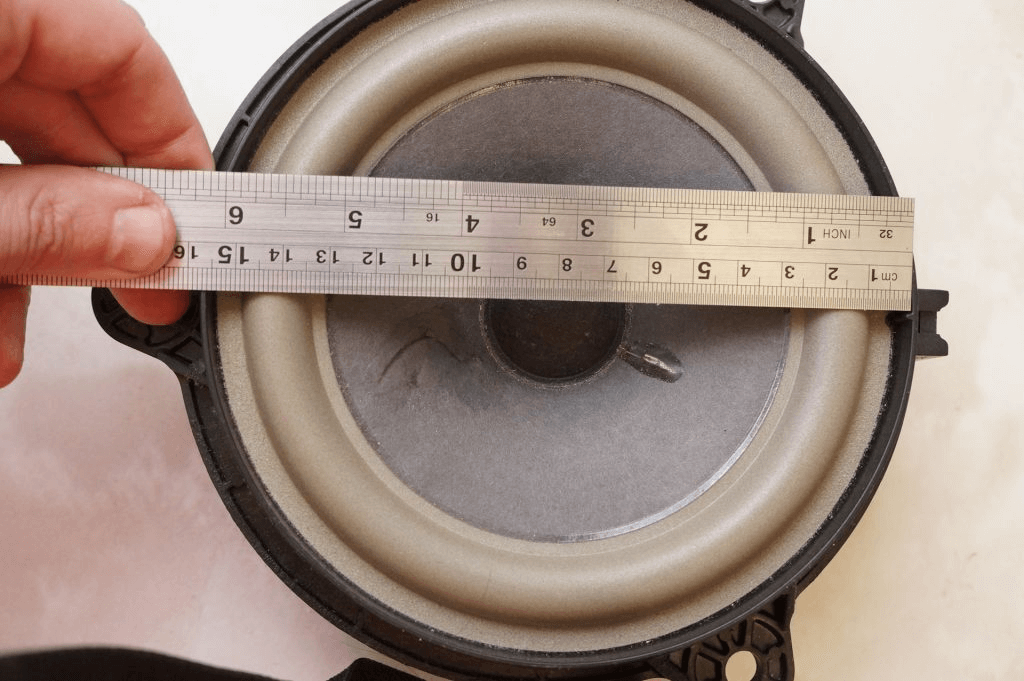
In the speaker installation process, these variables are crucial. If your speaker is too tall for the space you have available for it, it won’t fit flush and could even damage when you try to install it.
Important Dimensions For Car Speakers
When choosing car loudspeakers, you need to pay attention to indicators such as:
Height
The loudspeaker’s height must be appropriate for the mounting position; if it is too high, it may collide with nearby objects and sustain damage.
Width
The loudspeaker’s width must be closely compatible with or just slightly smaller than the loudspeaker installation location’s width.
Weight
For loudspeakers installed on the car door, it is recommended to use a lightweight type. As for loudspeakers mounted on the dashboard or behind the car, you do not need to be too concerned about weight.
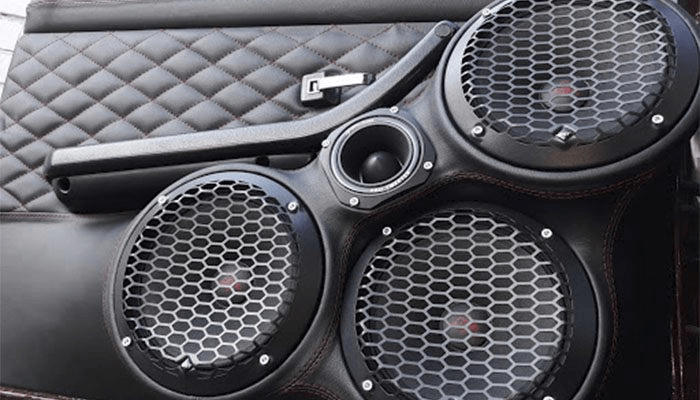
Important Dimensions For Home Speakers
When purchasing loudspeakers for your home, you should consider the important dimensions:
Height
If you want to purchase a bookshelf speaker, you should pick one that will fit properly on a bookshelf or stand. The height is less crucial for speakers that are wall-mounted or floor-standing.
Width
When purchasing loudspeakers for the home, width is a crucial factor. You must select the proper loudspeaker width for the room. Small speakers should be used in a small room to avoid appearing crowded.
Additionally, the sound quality will suffer if the loudspeaker is excessively loud in a confined space since the sound is reflected off the walls.
Weight
When selecting speakers for the home, speaker weight is also essential. Floor-standing speakers and other powerful speakers must be fixed permanently in one location. Lightweight speakers like bookshelf speakers are best if you want more flexibility.
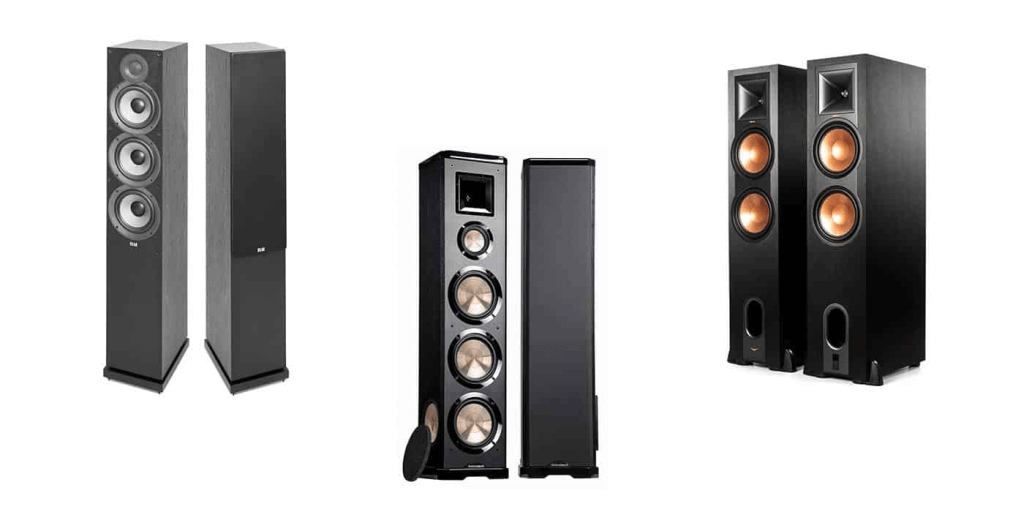
Common Speaker Sizes
Let’s examine some popular speaker sizes!
Car speaker sizes
Car speakers size usually come such as:
3.5 inch
This kind of speaker aids in producing mid- and high-range sounds and is typically appropriate for cars with constrained space. A 3.5-inch loudspeaker has the benefit of being inexpensive and energy-efficient.
However, they have the disadvantage of not producing high-quality bass. They can be put in place at the door or in the Taplo area.
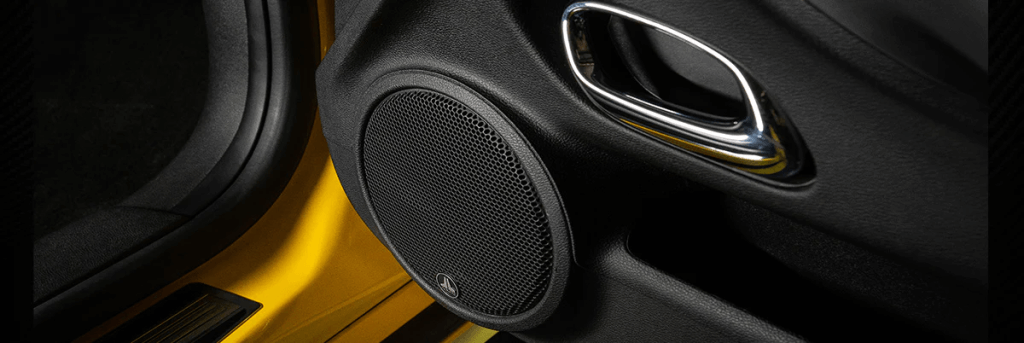
4 x 6 inch
4 x 6-inch loudspeakers are extremely prevalent on many different car models. This loudspeaker models perfectly fit into any sound system. The high and mid frequencies sound best through speakers of this size. A subwoofer can be added if you wish to hear better bass.
5 inch
This is a common dimension for car speakers, particularly those in Japanese-made vehicles. One could argue that this size is ideal for a full-range audio system. This size of the speaker can provide clear highs, mids, and just the right amount of bass.
6.5 inch
The most common speaker size in use today is 6.5 inches. They are ideal for the majority of cars and have a wide audio frequency range. This speaker size is usually installed on either side of the front door. You can enjoy the full range of music with them, but the bass will be a little lacking.
8 inch
You can use the 8-inch size if you enjoy the sound with strong bass. Since this kind of speaker will be rather large and hefty, a car’s trunk is frequently where it is placed. 8-inch speakers are more expensive and required higher power levels.
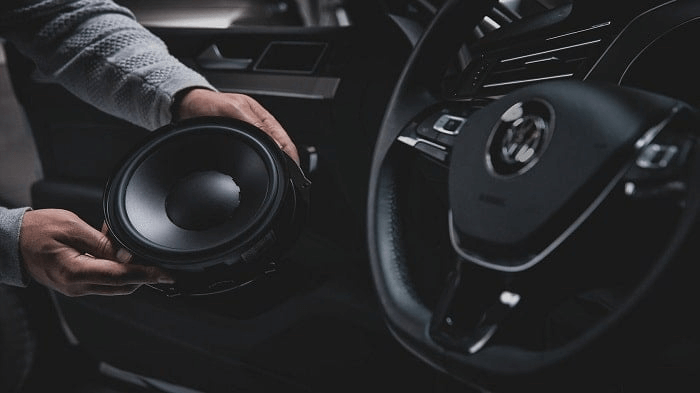
Home speaker sizes
Home loudspeaker sizes often depend on loudspeaker type.
Floor-standing speakers
Depending on the manufacturer, the floor-standing speaker can be between 21 and 45 inches tall and 11 to 15 inches wide. The floor-standing speaker’s size is ideal for listening in vast spaces or from a distance. Besides, there are many speakers that are suitable for best speaker for a projector
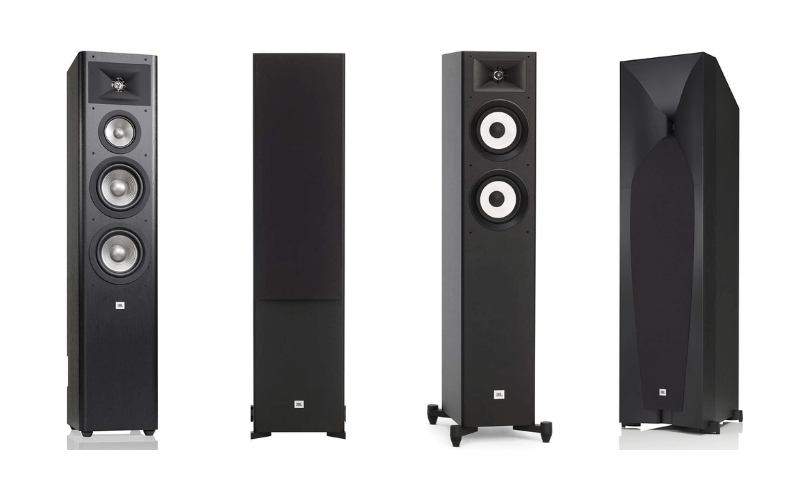
Ceiling loudspeakers
As my research, The 6.5- and 8-inch ceiling speakers are the most popular sizes. For small and medium rooms, choose the 6.5-inch variety. Large room sizes will be ideal for the 8-inch kind. The 8-inch version is your best option if you prefer stronger bass.
The larger the size of the ceiling speaker, the better the sound dispersion. There are also some tiny (about 3-inch) ceiling speakers, but their sound quality is inferior to that of the bigger ones.
Soundbars
The size of a soundbar is often comparable to or a bit smaller compared to the dimensions of a television. Large TVs are best used with larger soundbars since they give the impression of surround sound and are typically more powerful. The soundbars’ width ranges from 20 to 60 inches to accommodate a wide range of TV sizes. Soundbar is also one of the speakers suitable for best speakers for classical music.
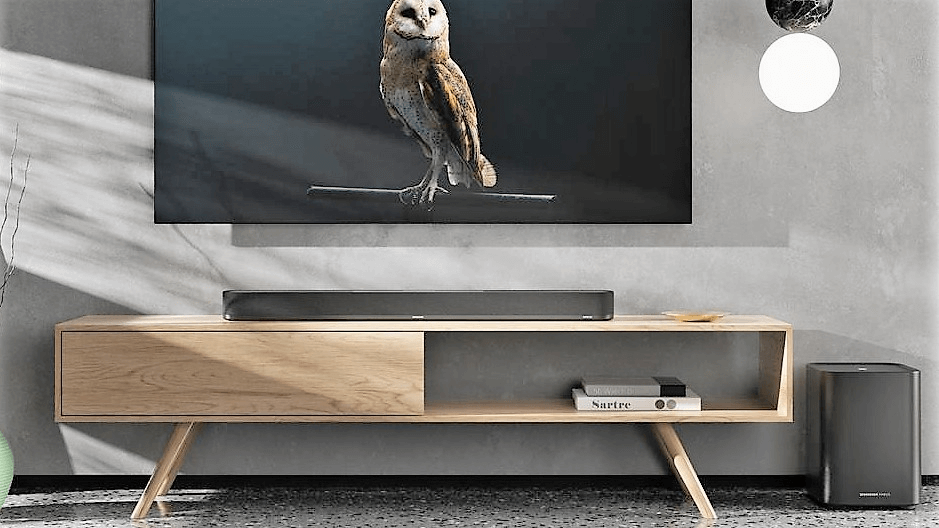
Conclusion
At audiosk, important details about loudspeaker size and how to measure loudspeaker size are given above. Applying this knowledge can help you select the best kind of speaker for your requirements. We think it’s useful for everyone to know about the different speaker sizes out there. It’s a bit like knowing your shoe size – it makes picking the right one much easier. We hope our study on this helps you make good choices, both in sound and in style
FAQs


